“It is Schneid who has sent Sollors. Schneid is the theorist of the movement to exterminate the insurgents. He is interested in typology and time. When new revolutionary thought blossoms he murders the thinkers. His job is to keep order by disordering the ideas of the radical thinkers, and he does this by killing them. He hires people who imagine themselves as artists , people who think of themselves as poets , and sends them across North Africa to do this and then he has them murdered, too, as Sollors is about to be. There are other units, in other continents. Schneid speaks of Black Easter and cosmic dread and speculative annihilation. He sends his agents/artists white papers on the psychological archaeology of repulsion. His favorite weapon is a flare gun, used up close and in the face.
“ Aitswal Beach cuts from the flashback to the cafe again. Even sitting at the bar Sollors can hear the ocean waves in the distance. There is a two shot of the girl with the Cleopatra haircut and the pink-palmed girl that reveals a soulless, vacant space between them. One of them (I can’t remember which) reaches out of the frame and brings back a book, whose title is obscured, and hands it to the other one and that moment on the screen seems to hold the fragile world in balance for just the right length of time, and if any of these stories I, Roberto Laing, have been telling you (you, who have been sent by the poisonous editors of film journal X ) mean anything at all then it must be this: had I not burned that movie in the garbage barrel behind the library I would go back to trace every frame of that brief shot, that fleeting moment when the book belonged to neither of them. So the exchange happens, and then what? Does the Lynch film end (if it even is a Lynch film) as it should? Not at all. In fact, the scene (the shot) is repeated, but this time with a difference: it is not a book that is passed between Cleopatra and the pink-palmed girl, but rather a map, a map which indicates the fate of all involved in this story: the death of Sollors, the sad triumph of Schneid, the butchery in the taxi of Cleopatra. These parts aren’t in the short film, but are revealed nonetheless in non-synchronized sound, the sound of screams and of flesh-cutting.
“Now the television above the bar shows what appears to be news footage of a military execution. It seems to be from Vietnam. For the usual reasons Sollors and the others pretend not to watch it. The three men from Aitswal Beach are there, too, the ones who will murder Sollors. They are sitting in the back in plastic chairs. They are wearing loose white shirts now. One of them is smoking. These are the men that Schneid has sent to rid himself of Sollors, who has identified more than his share of insurgents. They are butchers of men, and Sollors is just a poet. He can see their small axes beneath the table. It’s unclear whether Sollors understands what is going to happen to him. It’s not clear whether the shot of the axes was meant to signify Sollors’s point of view, or simply the impersonal camera’s.
“Somewhere in Europe Schneid practices with his flare gun on one of the students Sollors has named in his poems. The bartender makes an alien symbol with his hands and one of the men from the back comes over and sits beside him. There is sand blowing in through the open door and collecting in the corners of the cafe. The parallel reality surveillance footage still plays on the television. Two men walk across the screen in the bright sun beside a blue pool. One of them wears a white track suit. A voice off screen — a woman’s voice — says, ‘Love among consenting holograms?’ What will become of the North African Unit, without the words, the poems of Sollors?
“And then the other two men from the back approach him, one of them holding an axe. They take him to the beach and in what happens next, there is no poetry to convey the tenderness by which they hold him as they use their weapons, laying their hands upon him, Sollors, the animal they have been given to destroy.”
The cone on the table seems to have grown larger. It takes up more space. Laing doesn’t want to quit. A wall of clouds menaces on the far horizon. I switch out the batteries in the micro recorder. For the first time Laing produces a pack of cigarettes. They appear unsteadily on the table, next to the cone, a soft pack still wrapped in cellophane, Camels I think or some other brand that looks like Camels (“Fritz’s camel” my great uncle used to say) so that the animal appears to have been overtaken by a sandstorm, or as if the camel itself was made out of sand. Laing opens the pack and lays out two cigarettes, one for me, and one for him. I remember thinking that this was a test. In the wind, my cigarette rolls across the table to the left, and then, a few moments later, when the wind changes, back to where it had been. Laing doesn’t touch his, doesn’t even look at it.
Between the cone and the cigarettes some sort of force field emerges. As crazy as that sounds that’s the only way I can put it. Like a dome of outward pressure rising in the space between the cigarettes and the red cone. I think of the fate of poor Sollors, hacked to death on the beach in Africa. And then I think of those missing children, the ones the waitress at the tavern described, and what she said about not being able to turn off the part of your brain that imagines what might have happened to them, the sharp crease or fold in time sharp like a knife blade that they had the misfortune of falling beneath, and the fact that “missing” always turns out to be the gentler, more abstract term for something much, much worse. And then Laing reaches his hand through the force field and takes one of the cigarettes, lighting it with his chin low against the slight wind. He shakes the match out as if casting a spell and the black clouds just hang there in the sky, and he does so in a way that recalls the snapping wrist action used to open a flick knife, the sort of knife that could be used to carve atrocities on the body of a child.
“Not all of them were films in the proper sense, you know. A few of them came to me on VHS. The only one worth mentioning from that era isn’t really even a film,” Laing says, in the strange time-bending present tense. “It’s footage for a documentary that was to feature one of my old professors — Ephraim — a documentary about the last generation of ’60s campus radicals. He sent me a VHS of the segment that featured him, or maybe it was just footage of him talking that wouldn’t have made it into the documentary anyway. It begins with Ephraim saying It wasn’t always like this .
“ It wasn’t always like what? an off-camera voice asks.
“There’s a very long pause. Ephraim’s gaze drifts into the surrounding forest. He looks like a person who’s been napalmed. His neck is shiny with old scars. His black hair is patchy.”
Suddenly Laing stops talking and tenses, as if he’s heard something. His hand edges slightly closer to the cone. Then, for the very first time, he looks me directly in the eyes. The late Wisconsin sun has cast everything in blood orange. “Were you followed here?” he asks, and I nearly laugh out loud. Followed , as if he has me confused with one of the movie characters he’s been telling me about. I begin to say, “I don’t think. .” but he interrupts me with, “I’m not so interested in what you think.” Then something else happens: a look of pity comes across Laing’s face, pity for me, and I wish I had never seen that look, I can tell you, not that I attribute to Laing or to his knowing look the losses that I’ve suffered since that time. I’m not that superstitious. Those aren’t the sort of demons I believe in. Then his face relaxes, almost in regret, and he continues.
Читать дальше
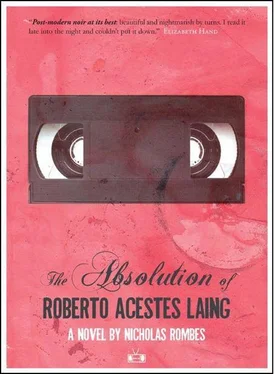
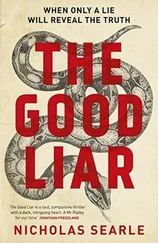
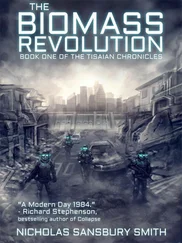
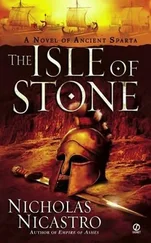
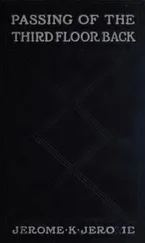

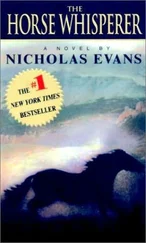
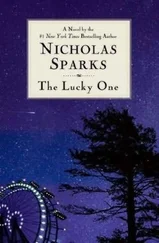

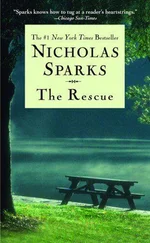
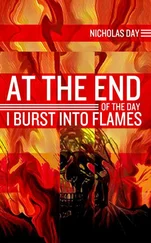

![Nicholas Timmins - The Five Giants [New Edition] - A Biography of the Welfare State](/books/701739/nicholas-timmins-the-five-giants-new-edition-a-thumb.webp)